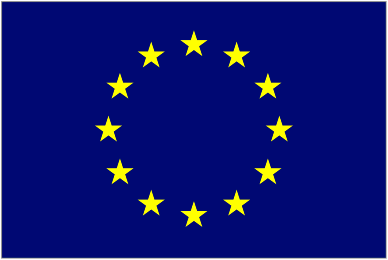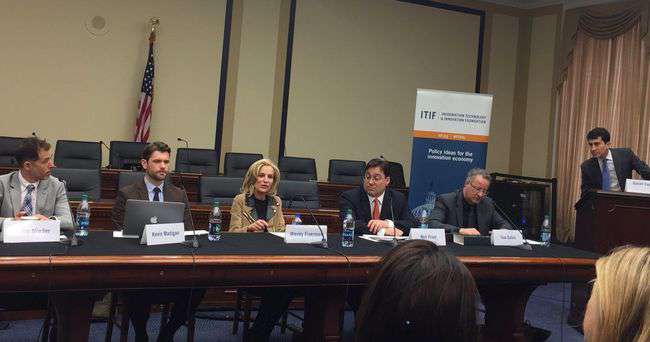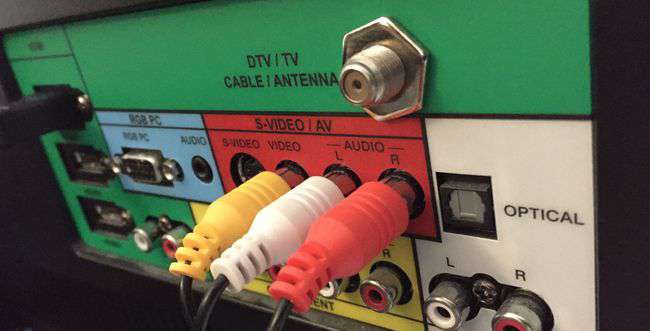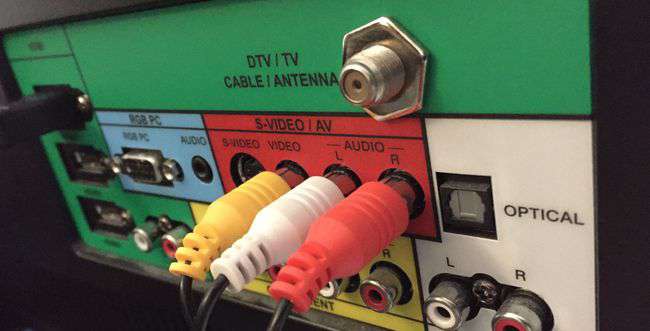NFTease

Warning: Minimal copyright takes below
One of my favorite artists is Edgar Degas. His ability to capture intricate movements—most notably in his renditions of ballerinas—dazzling use of color, and command of composition is unparalleled. While he rejected the Impressionist categorization, he was without question a master draftsman and painter who stood out amongst his late 19th century French counterparts.
My favorite painting of his is Four Dancers (pictured above). Completed in 1899, it’s considered one of his most ambitious works, and it’s also one of his largest at about 6x7 ft. framed. It depicts a group of dancers (just off-center) juxtaposed against trees and a pastoral landscape that rolls into the background. The sharp lines of the subjects’ upper bodies stand in stark contrast to their natural surroundings, complimented by vivid green and orange hues.
I first fell in love...








